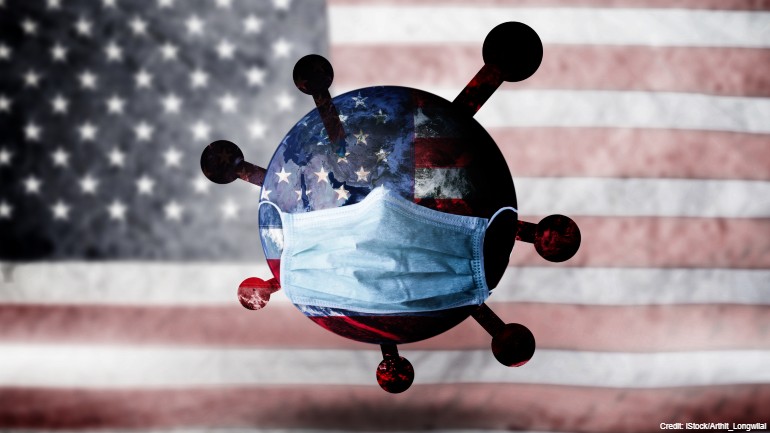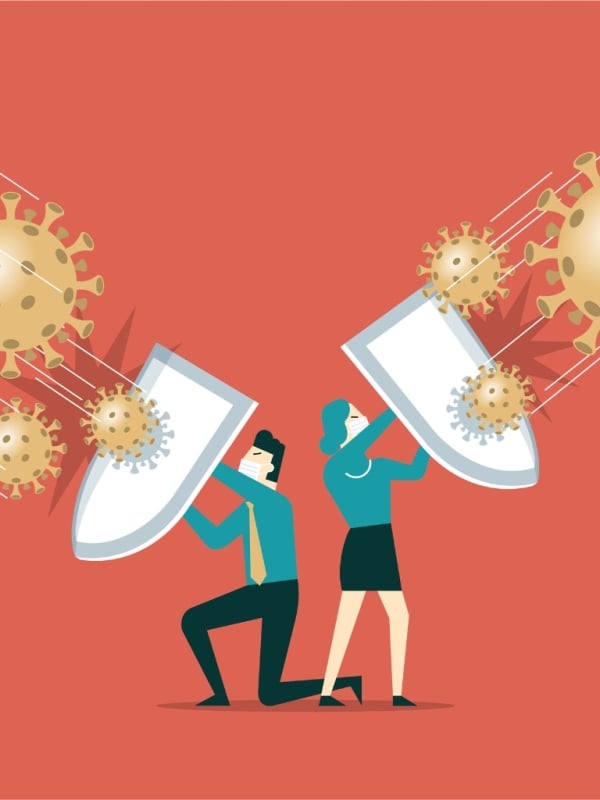
Photo Credit: Ellen Weinstein
Dear Commons Community,
Susan Dynarski, professor of education, public policy and economics at the University of Michigan, has an op-ed in today’s New York Times which makes the point that bringing millions of students back to campus would create enormous risks for society but comparatively little educational benefit. She recommends that colleges offer their courses online and not bring the students to campus for fear of coronavirus spread.
I agree with her position and as I have said in a previous posting on this blog: “With students back on campus, we are only one keg party away from a health catastrophe.”
Dynarski’s entire op-ed is below.
Tony
New York Times
Susan Dynarski
07/05/20
College Is Worth It, but Campus Isn’t
Each fall, millions of students head to college campuses. Most stay close to home, but many crisscross the country to study in a different state.
Students typically move into crowded housing and reconnect with friends at parties, mixers and bars. When classes start, they customarily file into large lecture halls and small seminar rooms, sitting close together, heads bent over books and laptops.
This is a joyful scene in most years. In a pandemic it would be an epidemiological nightmare.
Colleges will have to look very different this fall if they are to avoid accelerating the pandemic. But financial and political pressures are forcing many schools to make choices involving difficult trade-offs between their students’ education, public health and their own economic well-being.
Colleges were among the first institutions to respond when much of the world went into lockdown this spring: Campuses closed, and students finished their interrupted semesters online. Now, college administrators are pondering how they will reboot this fall.
Here’s a scarily plausible chain of events. Colleges bring students back to campus — where they act like college students. They meet over coffee, go to parties and bars, pair off on dates and congregate in crowded dorms. The virus quickly spreads among students, who mostly recover quickly or are entirely asymptomatic.
But soon the virus reaches the older, more vulnerable members of the faculty and staff, as well as local residents. Infections surge. Teaching hospitals care for the ill at the larger universities, but small, regional hospitals near rural colleges are quickly overwhelmed.
No one wants to see this happen. Unfortunately, the choices that minimize contagion tend to undermine the broader college experience, which is built on intense social interaction in classrooms and at cultural events, political activities and sporting events.
The California State University system plans to keep the education of its nearly half a million students online. So does California’s community college system, which enrolls two million students. These campuses will remain shut down.
But many four-year colleges plan a mix of online and face-to-face learning. Boston University is allowing its students to choose between learning exclusively online and taking some classes in person, as is Northeastern University, also in Boston. Stanford will allow just half of its students on campus each quarter.
To minimize student travel, many schools are compressing the academic calendar and eliminating breaks. The University of Michigan will send students home at Thanksgiving to complete the semester online.
Throughout the country, students who do return will find a transformed campus. At many colleges, students will live alone in dorm rooms, eating boxed meals or going to dining halls in staggered shifts. There will be few, if any, college-sanctioned parties or sports events. Students will wear masks, as will their teachers and campus workers — though mask policies will vary by school, just as they differ across states and cities.
Classes will largely be online, even at the many colleges that are bringing students back to campus. There simply isn’t enough classroom space to do otherwise: Once students are spread six feet apart — the standard requirement for social distancing — classrooms can hold only a small fraction of their usual capacity. Huge lecture halls built for hundreds can safely hold a few dozen, scattered among rows of empty seats.
Many students struggle with the online format, but that is a moot point. The operative question is where students will do their largely online learning: from their homes or on campus.
Colleges can plausibly influence how students behave in classroom buildings, but they have a far weaker position outside class. After all, colleges have struggled for years to prevent alcohol abuse and other risky behaviors on campus. Keeping college students from getting physically close to one another is, many fear, an impossible task.
Recent coronavirus outbreaks in Florida and South Carolina have been linked to fraternity parties and bars popular with students. Evidence from Japan indicates that young people seeded many of that country’s outbreaks by gathering at karaoke clubs and bars.
Consider the problems in Fort Benning, Ga., where the Army trains recruits. Just four of 640 recruits tested positive for the coronavirus when they arrived this spring — but within a few weeks, more than a hundred were infected. It is unlikely that colleges will be more effective than the Army in enforcing strict social distancing and safety protocols.
Yet some students must return to campus to continue their education, for many reasons. Their families may not have a quiet or safe place where they can study, or there’s no reliable internet. And some classes, such as a nursing internship or a chemistry lab, simply can’t be taught online. Many colleges are putting a priority on finding space in housing and classrooms for these exceptions. But for the typical student, whose courses will largely be online, learning this fall does not require being on or near campus.
Given the enormous health risks involved in bringing students back, why are so many colleges promising to open their campuses? The answer is simple: Their financial survival depends on it. Many four-year colleges, especially the most selective schools, provide not just classroom learning but also the social experience of clubs, athletics, culture, politics and professional networking.
Without the promise of a campus experience, some students may opt to take a year off or enroll in a cheaper school. In addition, public colleges are facing sharp cuts from state governments coping with plunging tax receipts. If these colleges also lose revenue from tuition, fees, room and board, they will be forced to shutter programs and lay off large numbers of employees and faculty. At best, it would take decades for higher education to recover from such losses and disruption.
With no indication that the federal government is prepared to step in quickly with a financial rescue plan for higher education, colleges and universities are being forced to choose between bad alternatives.
But a toll will be paid, and it will largely not fall on students. Dining-hall workers, custodians, secretaries, librarians, medical personnel — as well as older faculty members — are far more vulnerable.
As an economist, I’m frequently asked, “Is college still worth it?” My answer is almost invariably yes: The lifetime payoff to earning a college degree is so very large, in health and wealth, that it dwarfs even high tuition costs. College is an especially smart choice during a terrible job market.
But in this pandemic, the college experience has to change. Gathering students on campus is a gamble that could generate outsize risks for society and only modest benefits for students.









